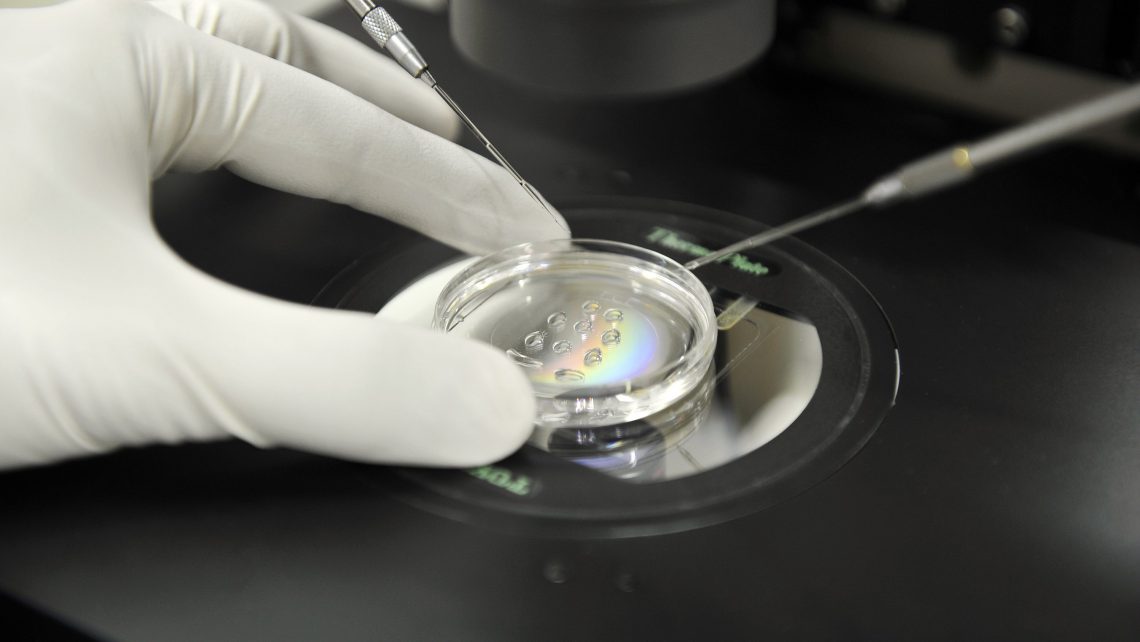An Instituto Bernabeu research project demonstrates that the aneuploidy and mosaicism rates in blastocysts is similar in vitrified oocytes and fresh oocytes
03-12-2019

Instituto Bernabeu gave an oral communication about oocyte vitrification at the Association for the Study of Reproduction Biology (ASEBIR) Congress held in Cáceres in October. Freezing is common practice during in vitro fertilisation (IVF) treatment because it increases the available number of blastocysts for analysis. It is achieved by accumulating frozen oocytes from different courses of ovarian stimulation in patients who are poor responders. During donation programmes, it facilitates coordination with the recipient patient. In order to be able to determine if the genetic load is correct, blastocyst DNA is studied using the PGT-A test. This is generally performed in older patients with poor ovarian reserve, or those who have experienced implantation failure or recurrent pregnancy loss.
Given the scarcity of published research work about aneuploidy and mosaicism rates in blastocysts from vitrified donated oocytes, a team of researchers at Instituto Bernabeu performed a study aimed at understanding if they have higher rates in comparison with blastocysts from fresh oocytes or not.
The results of the aneuploidy and mosaicism rate comparison were similar. In terms of the clinical results, there were no differences in terms of implantation, pregnancy, biochemical pregnancy loss and clinical pregnancy rates.
¿La vitrificación de ovocitos afecta las tasas de aneuploidía y de mosaicismo en los blastocistos?
F. Lozano, R. Morales, B. Lledó, JA Ortiz, L. Cascales, L. Herrero, J. Ll. Aparicio, R. Bernabeu
